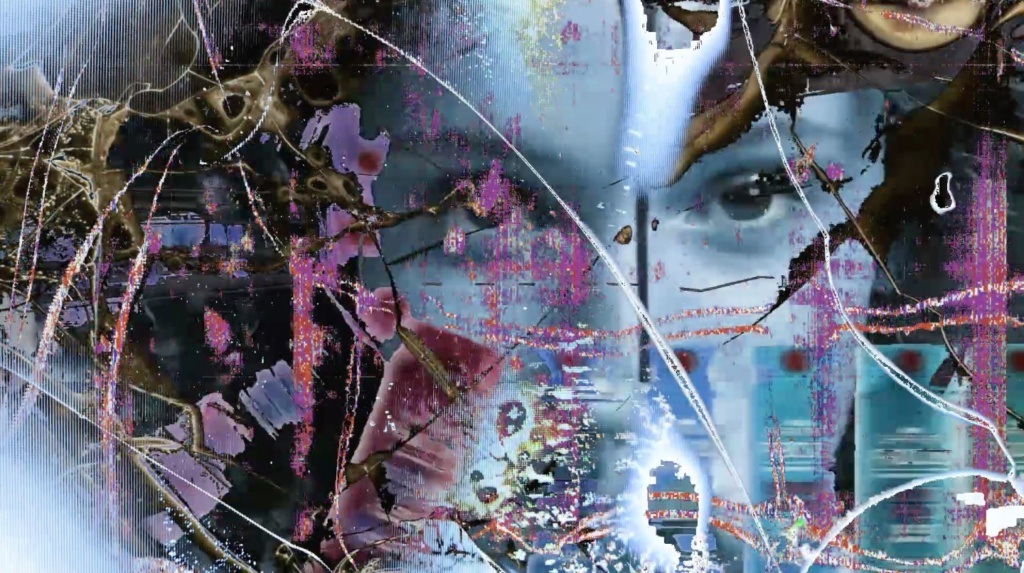Topics
AI
Making thought mechanical
Nameless Feeling
Vibes are often seen as feelings that can’t be explained or narrativized; they instead emerge from chance concatenations of stimuli and cohere as a mood. Not coincidentally, this is basically how machine-learning models work, surfacing statistical correlations that can’t be explained in terms of causality but are nonetheless usable in algorithmic recommendations or predictions. Vibes, that is, are feelings divorced from causes or consequences— emotions rendered useless for action.
Standard Evasions
The U.S. Department of Commerce is developing an approach to defining people’s trust in AI. But rather than define trustworthy systems with respect to their consequences or differential impacts, it focuses on how they are perceived by “users” (not whom they are used on) and does not bother to ask if the systems themselves are worth trusting.
Lawful Neutral
Liberalism’s presumption of an underlying universality (binary biological sex, for example, or “post-racial color-blindness”) makes the unruly, messy data of human life appear tractable and computable for algorithmic procedures. And increasingly comprehensive algorithmic systems in turn render life in the flattening image of proceduralist liberalism. In a sense, liberalism and artificial intelligence are converging.
Fair Warning
Eyes Without a Face
The Algorithmic Colonization of Africa
As Africa grapples with catching up with the latest technological developments, it must also protect the continent’s most vulnerable people from the harm that technology can cause. Part of that means not importing machine learning systems or any other AI tools without questioning what the underlying purpose is, who benefits, and who might be disadvantaged
Spoken For
A new, “genderless” digital voice aims to disrupt the association between female voices and servitude. In effect, it occupies the same gendered position often associated with robots: servile, responsive, not quite female — but certainly not male.
Plausible Disavowal
If “deepfakes” make us nostalgic for the supposedly automatic authenticity of documents, AI artworks posit a corollary nostalgia for the authenticity of artists. AI creativity appears as creativity with no human strategy behind it—art without ego. A clumsy show of computer creativity makes it seem as though humans once really were freely creative and might be again
Potemkin AI
AI has become a label startups use to make their service seem innovative and disruptive, whether it uses machine learning or not. The inflated claims of what AI can achieve has fed an investment bubble and helped normalize the ways “smart” systems use intrusive surveillance.










